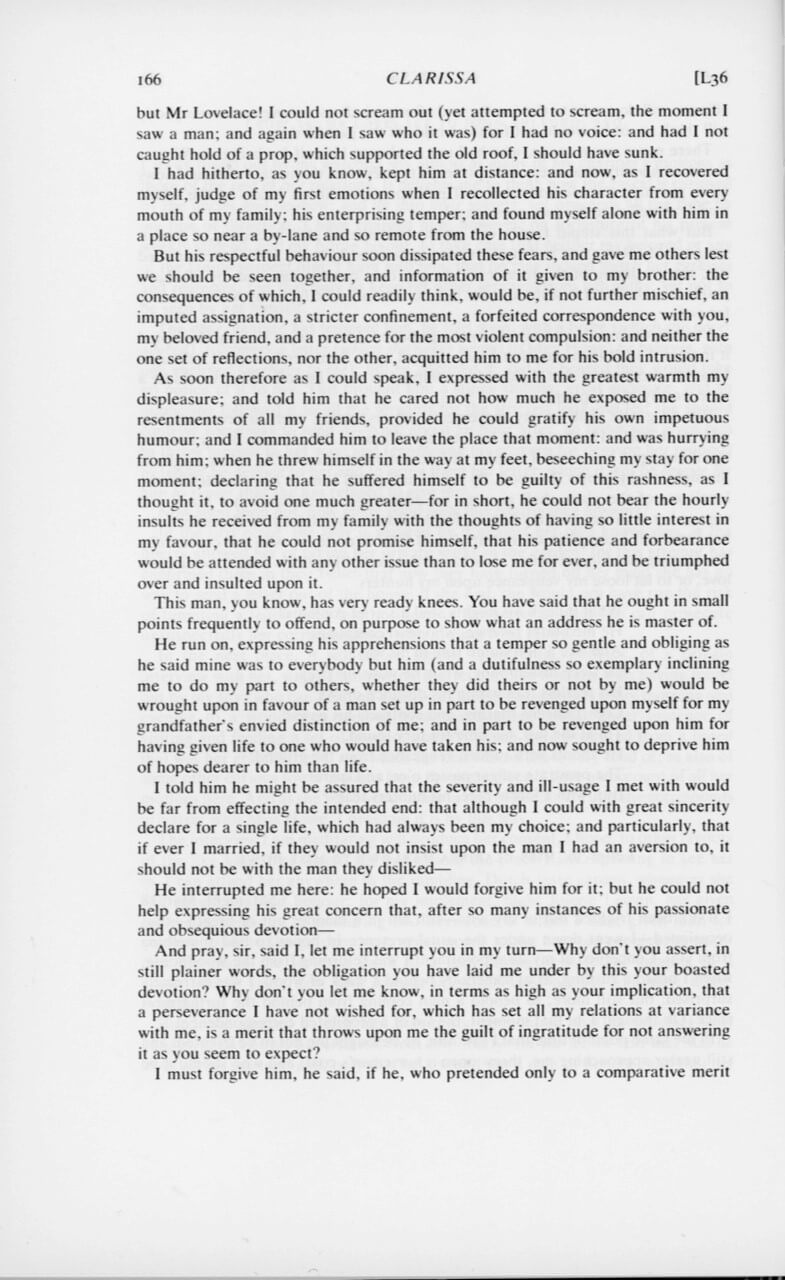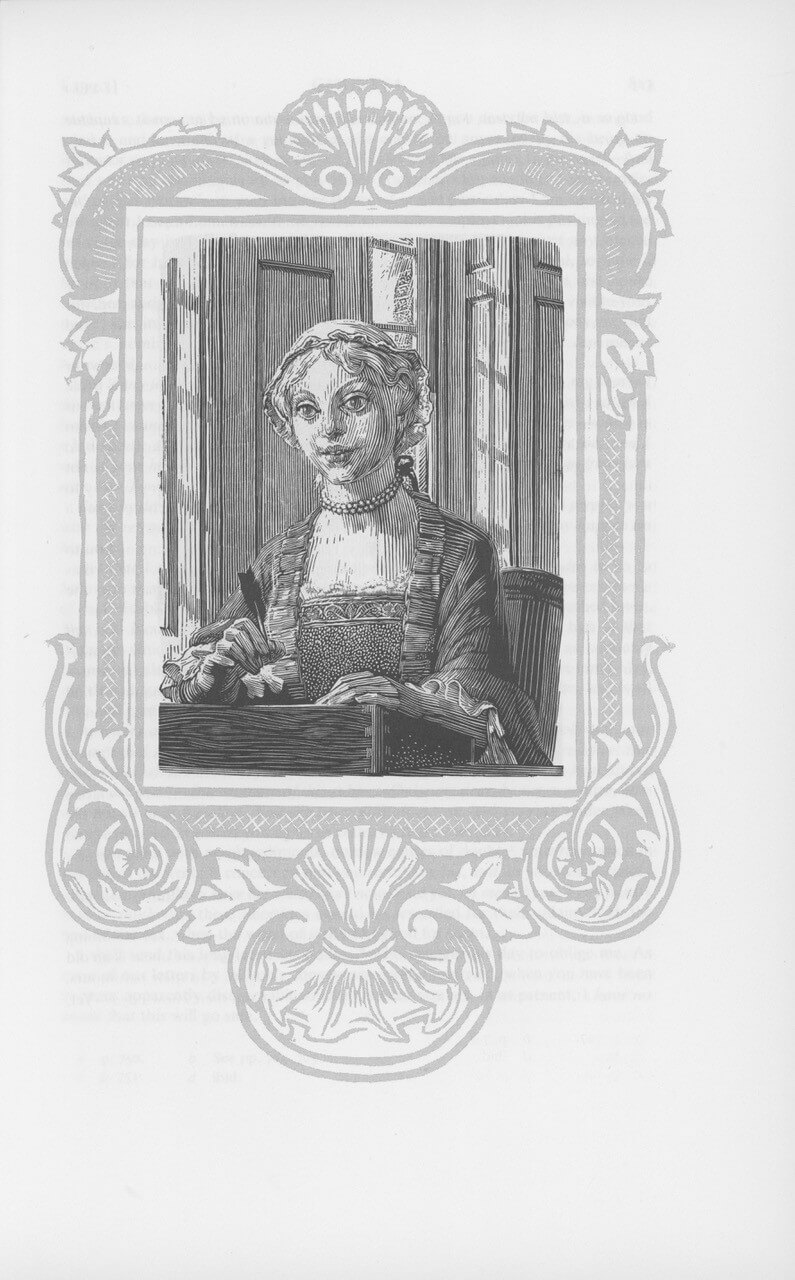This is Part Three of Book One of Legends of The Ring: The Prose Edda by Snorri Sturluson (1179-1241) “an Icelander living during the remarkable literary flowering of the twelfth and thirteenth centuries which produced among other things the great Icelandic sagas” (Magee).
The translation is by Jean I. Young.
It was the rich heritage of poetry, much of which he quotes, that provided Snorri’s material for his Edda. He blends Norse history and mythology in this work. “His opening ‘Delusion of Gylfi’, in which the main mythological events and characters are depicted, is presented inside an elaborate framework of illusion and deception, conforming to the Church image of heathendom as trickery.” (Magee)
“King Gylfi ruled the lands that are now called Sweden….[he] was a wise man and skilled in magic” says Snorri. Disguised as an old man he visited Asgard (home of the gods) to discover the secrets of the Aesir (the main body of the Norse gods). By question and answer he is fooled by Loki, the mischief maker, as a device for explaining the creation and ultimate destruction of the universe. Taking the poem “Sibyl’s Prophesy” as his source we learn that ‘In the beginning/ not anything existed,/ there was no sand nor sea/ nor cooling waves;/ earth was unknown/ and heaven above/ only Ginnungagap [primal void] / was – there was no grass’. Thus the sun and stars, the seasons, the winds, humanity, and everything else. The main Aesir are named and their stories told.
We learn of Yggdrasil and its meaning. This is the ash tree “the best and greatest of all trees; its branches spread out over the whole world and reach up over heaven. The tree is held in position by three roots that spread far out; one is among the Aesir, the second among the frost ogres where once was Ginnungagap, and the third extends over Niflheim [the Underworld]….[the serpent] Nidhogg gnaws at the root from below….the hart devours it from above…”
Here are more of Simon Brett’s powerful engravings.
Predictions of the end of the world include “Surt will fling fire over the earth and burn up the whole world” and “the serpent churns up waves”, but there is hope that “While the world is being burned by Surt, in a place called Hoddmimir’s Forest, will be concealed two human beings called Lif and Lifthrasir [Life and Desire for Life]. Their food will be the morning dews, and from these men will come so great a stock that the whole world will be peopled…..”
The second part of The Prose Edda tells of the deaths of Fafnir, Regin, Sigurd, Brynhild, and the last of the Volsungs.






















